The rise of artificial intelligence has opened a new frontier for identifying whether a work of art is priceless or a forgery, but the results have been met with skepticism among experts.
Swiss AI company Art Recognition has completed more than 500 authenticity assessments, including the high-profile verification of an 1889 self-portrait by Vincent van Gogh, Financial Times reported.
Founded just five years ago, Art Recognition uses an AI system that offers a precise and objective authenticity evaluation of a work of art.
Last year, the company was involved in a row over a painting known as de Brécy Tondo, which has been at the center of a heated dispute for more than 30 years.
Art Recognition’s AI concluded that the painting was 85 percent likely not to be an authentic work by Renaissance master Raphael, as some experts had previously claimed.
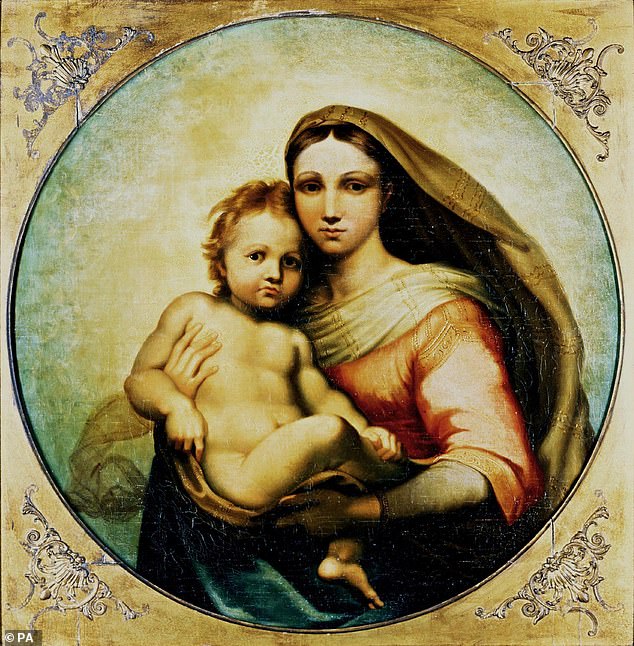
Is this painting by the Renaissance master Raphael? The Brécy Tondo has been at the center of a heated dispute for more than 30 years – AI has produced mixed results about its authenticity and its relationship to Raphael’s Sistine Madonna
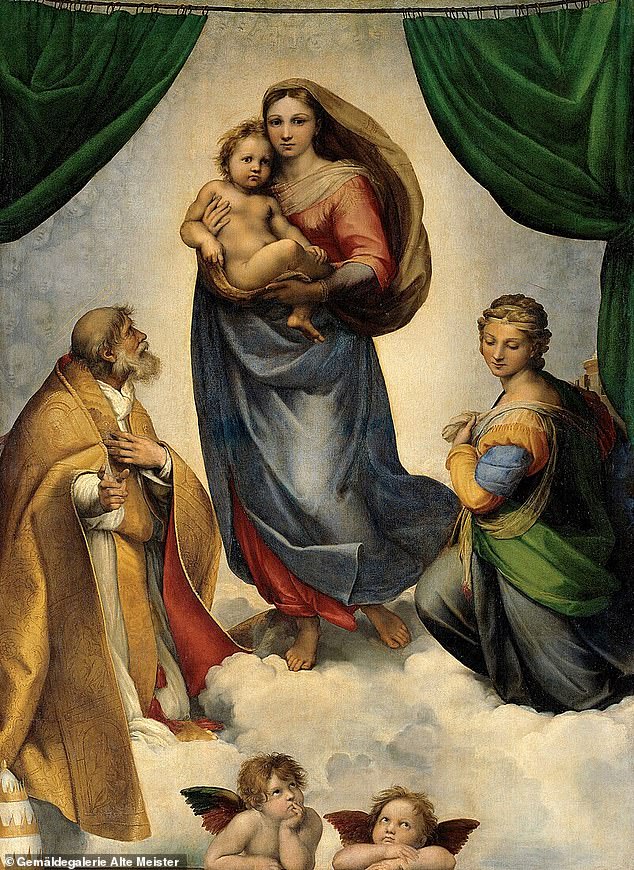

Raphael’s The Sistine Madonna (c. 1512). The faces in the painting bear a strong resemblance to those in the de Brécy Tondo, but neither AI nor researchers can agree on whether that artwork is also by Raphael
The conclusion came despite two UK universities, Bradford and Nottingham, using their own AI software to determine whether it was authentic.
The universities had implemented facial recognition AI software that concluded the faces in the work were identical to those in another Raphael painting, the Sistine Madonna, suggesting it must be a Raphael.
The divergent results of two AI programs have caused consternation in the art world, where authenticating work by a master can shift a valuation by millions of dollars.
‘The Adoration of the Kings’, believed to be by a painter associated with Rembrandt, was offered at auction in 2021 with an estimate of €10,500-€16,000 ($13,500-$21,000 USD).
Later confirmed by Rembrandt himself, it sold for £10.9 million ($14 million USD) at Sotheby’s in December.
Art Recognition uses AI that is excellent at ‘pattern recognition’ according to Jo Lawson-Tancred, author of the soon-to-be-released AI and Art Market.
Its models are able to recognize characteristics used by a particular artist if it is given enough previously confirmed examples to ‘learn’ from.
But it’s still not developed enough to always understand context, so human judgment is still critical for authentication, Lawson-Tancred added.
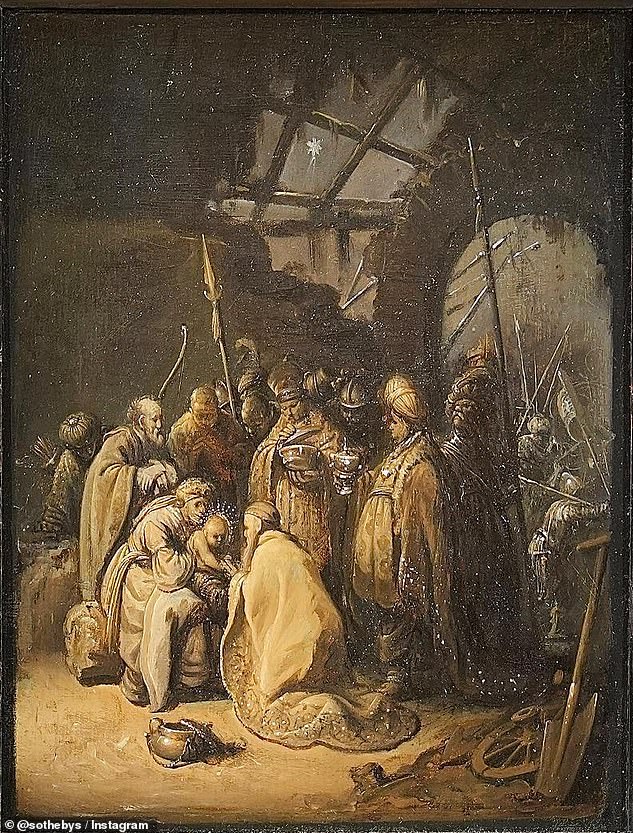

‘The Adoration of the Kings’ was confirmed as an authentic Rembrandt, moving its estimate from €10,500-€16,000 to a final sale of £10.9m. In December
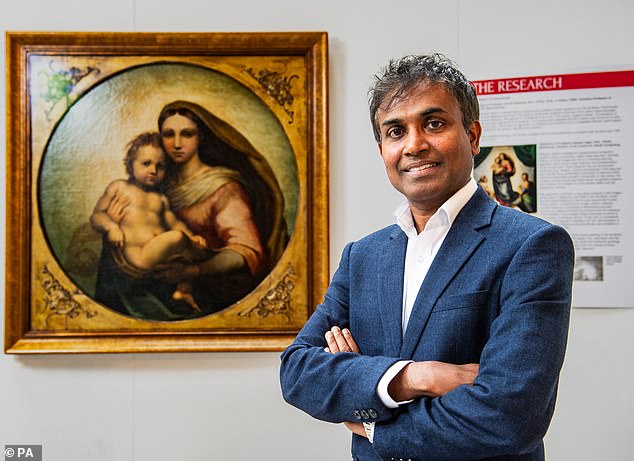

Prof Hassan Ugail, director of Bradford’s Center for Visual Computing (pictured) says AI is unlikely to replace human jobs in the art world but could be a tool used for authentication
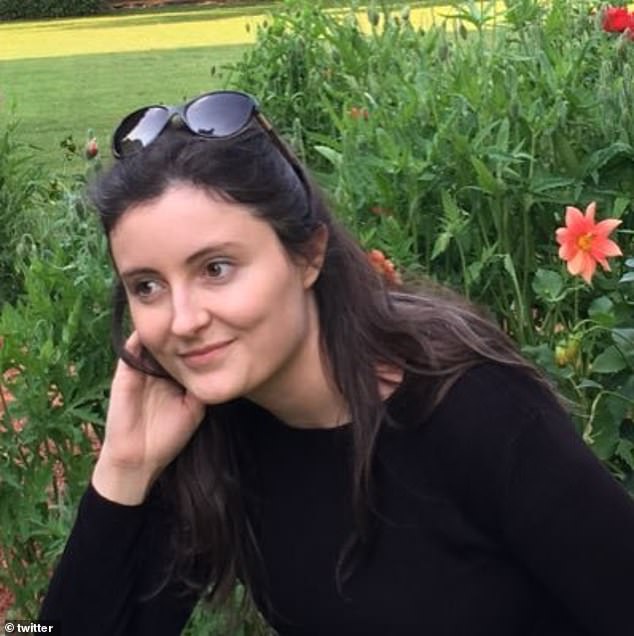

Jo Lawson-Tancred (pictured), author of AI and the Art Market, says Art Recognition’s AI is AI that excels at ‘pattern recognition’ of characteristics used by a particular artist
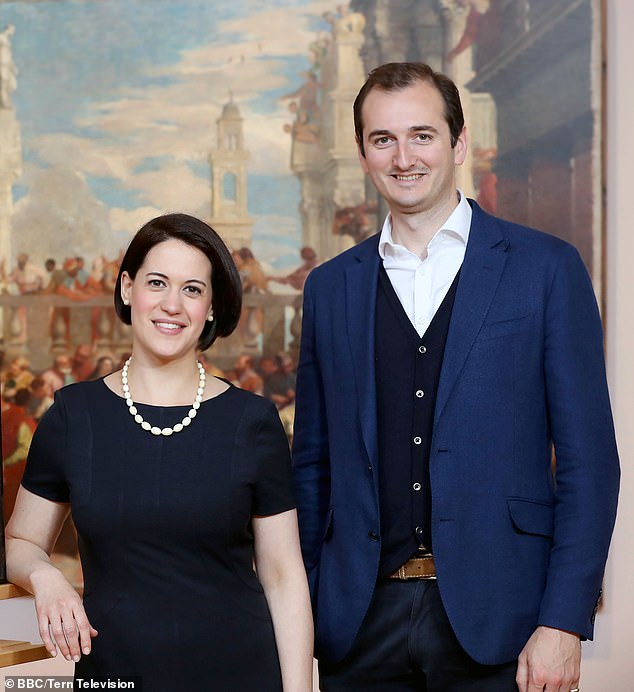

Art historian Bendor Grosvenor (right) believes that AI is not yet sufficient to determine the authenticity of master paintings
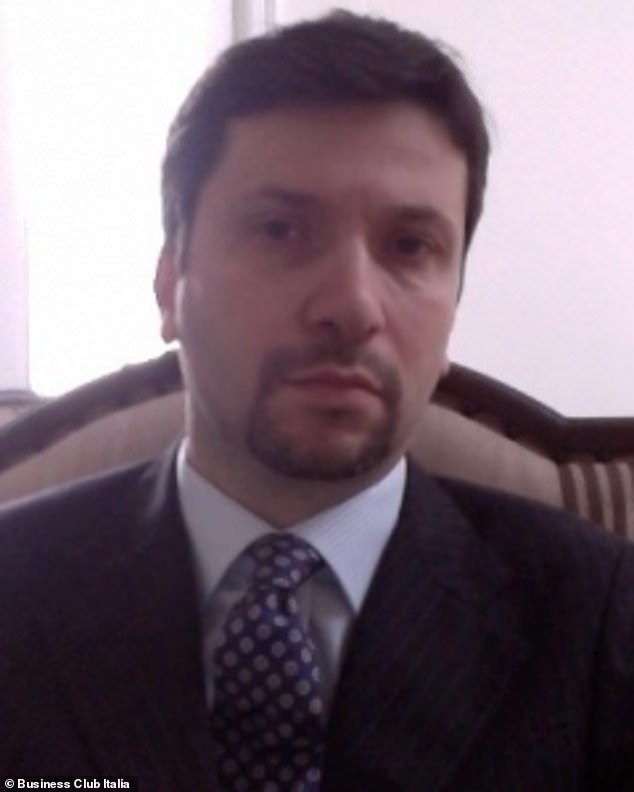

Carlo Milano (pictured) of Callisto Fine Arts in London admits that artificial intelligence can help reduce the margin of error by identifying authentic masterpieces
Other experts are more skeptical. “I think a lot depends on the data fed into the AI system,” Carlo Milano of Callisto Fine Arts told the FT.
‘For example, if a questionable catalog raisonné is used to enter data about an artist, then the conclusions may be questionable.’
Milano admits that artificial intelligence can help reduce the margin of error by identifying authentic masterpieces, but that it will never fully replace hands-on human experience.
Some conservationists are skeptical about whether artificial intelligence can take into account factors such as a dirty layer of paint, wear or damage.
Prof Hassan Ugail, director of Bradford’s Center for Visual Computing, says AI is unlikely to replace human jobs in the art world, but could be a useful tool for authentication.
“Like spectroscopy and dating techniques, artificial intelligence can be an important tool in the master toolbox,” he says.
“The biggest drawback at the moment is the quality of the input given to the AI attribution programs currently in use,” art historian Bendor Grosvenor told the FT.
“It is simply not possible to determine whether a painting is by Rubens by relying only on poor quality images of not much more than half of his oeuvre.
“No human connoisseur would be trusted to do that—neither can a computer,” he concluded.

